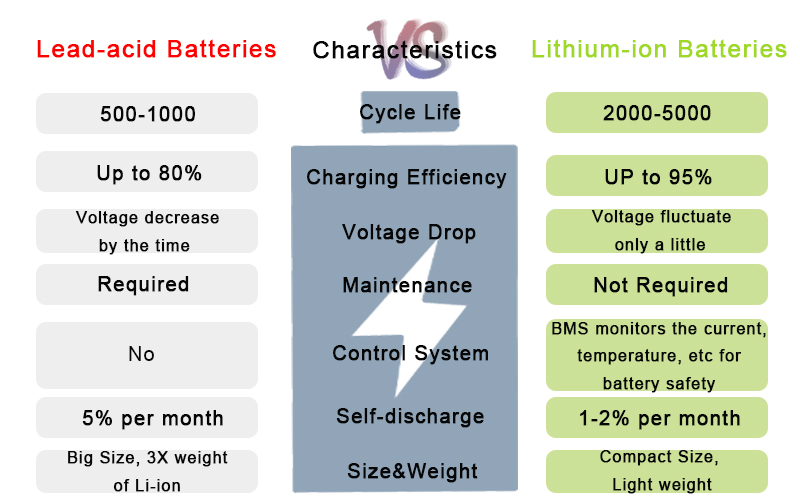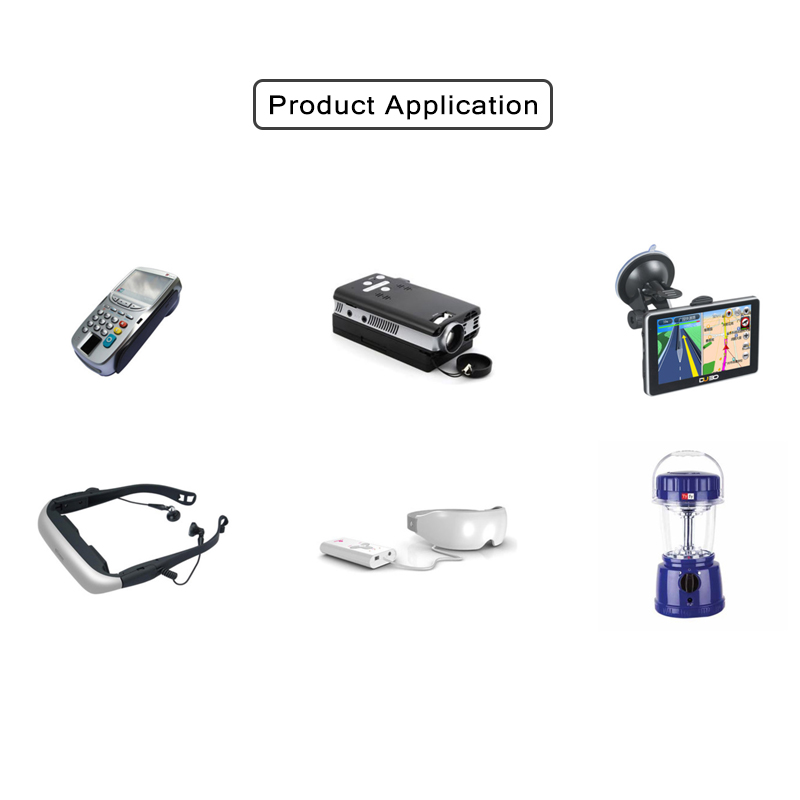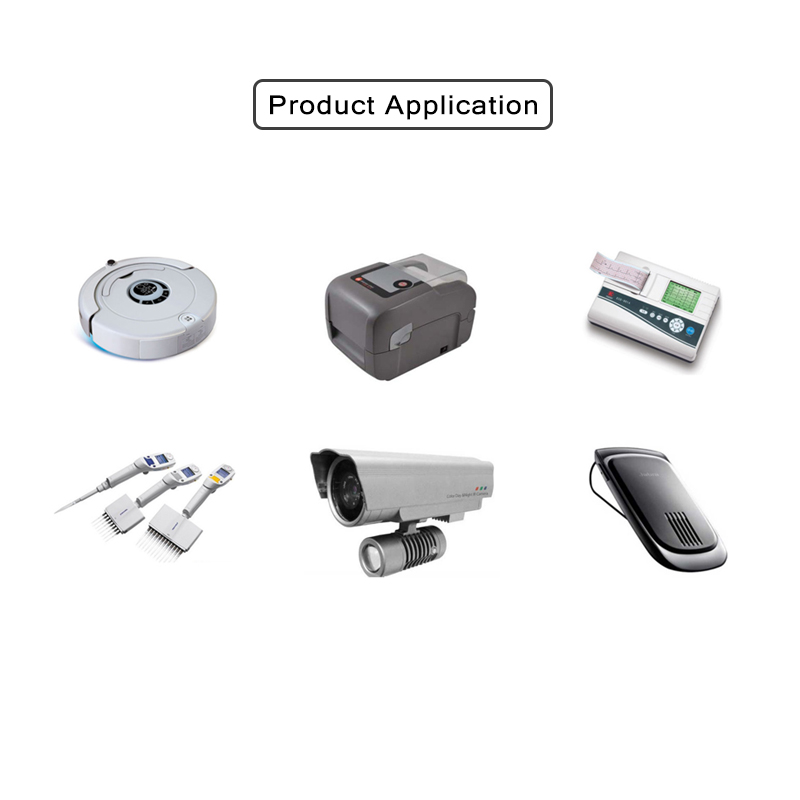At present, in the communication system, the DC power supply system is being developed from the traditional centralized power supply mode to a distributed mode. The power supply divides the AC/DC conversion parts originally collected in one chassis into several discrete DC/DC modules. , supply different loads of electricity in different occasions. Since multiple DC/DC modules operate in parallel to share the load power, the output power of a single module does not have to be too large, which creates favorable conditions for the improvement of the switching frequency, and the power density of the module is correspondingly increased, thereby effectively reducing the power supply. Volume, reducing power weight. At the same time, due to the low power, the current stress of the power switching device in each module is reduced, and the system reliability is improved. The distributed power system also facilitates iV+n redundancy and hot swapping for flexible expansion and product standardization. Since the characteristics of the modules operating in parallel are not completely consistent, modules with good external characteristics take on more current, which are power electronic devices, electronic power supply technologies, and power conversion technologies.
He Xiangning, Ph.D., research direction is power electronics technology and its industrial applications, new energy technologies.
Even overload, so that some modules with poor external characteristics run in light load or even no-load state, which will increase the thermal stress of the current module and directly affect the reliability of the system. Therefore, the parallel operation of the modules is required to ensure uniform distribution of current stress and thermal stress between modules, and to prevent one or more modules from operating in the current limit state, which is critical for maintaining the normal operation of the power supply.
1 Conventional current sharing control principle The current sharing control method when the switching power supply modules are operated in parallel can be divided into: (1) internal current sharing method. Current sharing measures are taken inside the module to automatically adjust the current balance. (2) Current sharing method between modules. A current equalization controller adjusts the current of each module to achieve current equalization. Since the internal current sharing method is easy to realize the expansion of the system, it has greater advantages. In this paper, the current sharing method is used to perform current sharing control, for example. This method uses a maximum comparator, and the module with the largest output current in each parallel module automatically becomes the main module, and the output current is converted into a voltage signal V, which is sent to the current sharing bus, that is, the positive parameter and the adjusted output are used to achieve current equalization. .
2 The current sharing control computer realizes the conventional current sharing control by using the operational amplifier UC3907), which is not conducive to improving the system reliability and realizing the control digitization. In this paper, the 87C196KC type single-chip microcomputer 121 is used to control the current sharing between the charging power modules.
2.1 Current sharing control during constant current charging When the charging power supply is in the main charging state, its output current is required to be constant, which can be achieved by using current double closed loop control, for example. The system monitoring module is responsible for the outer loop control, and its control output is used as the current reference value of the inner loop charging control 4, and the PWM output is adjusted after comparing with the charging module output current feedback value, so that the charging current is constant. When the module is increased or decreased, the module current is set by the outer loop, so that the output current of each charging module changes to stabilize the load current.
2.2 The current sharing control during constant voltage charging is a constant voltage charging control block diagram.
When the charging power is in the equalizing and floating state, it is a constant voltage charging mode. At this time, the output voltage of each charging module is required to remain constant. The control method is to use voltage double closed loop control, the system monitoring module sets the voltage reference value of each charging module, and then the feedback value of each module output voltage and the ti ti programmable DC power supply develop and display the poultry storm ( Group) Company Installation Division 10051) Liu Changyun introduced high-performance programmable DC power supply using high-quality VICOR switching power supply module, single-chip drive D / A conversion circuit, intelligent control. The power output has wide adjustable range, good load characteristics, large power, small size, IEEE488 interface, easy operation, flexible use, stable operation, and has been widely used in maintenance, inspection and electronic measurement systems.
0 INTRODUCTION In maintenance, inspection and measurement and control systems, different DC supply voltages are usually required. It is usually equipped with a DC regulated power supply externally or multiple power supplies to generate the required voltage. However, the DC stabilized power supply has limited power, and the maximum current is generally 3~5A, which cannot meet some high power requirements. The multi-power configuration causes too many instruments and inconvenient operation. The author develops a voltage output programmable high-power DC power supply with strong display capability. .
1 Working principle The DC power supply uses the high-performance VICOR power module as the main component of the power supply; D/A conversion, measurement control, and the EE488 interface circuit form the system control core. The power supply is composed of parts. VICOR power module (take V375A28C600A as an example) is 375V input, 28V output, 600WDC-DC converter, in addition to mature components, it also applies the second generation power technology, control, packaging technology, excellent performance and flexibility. ,efficient. Plated cavity core coupling reduces stray capacitance and noise, high frequency ZCS/ZVS switch, advanced semiconductor package, reliable thermal design to ensure slow temperature change at high power density, comparison of values, get an error amount, PID After the arithmetic processing, the PWM output of the charging module is adjusted as a control variable to maintain the voltage constant.
2.3 Single-chip interface circuit As mentioned before, when the high-frequency switch charging power supply is in the main, floating or equal-charge state, its current sharing control is completed by the current-sense controller output control amount to correct the current or voltage reference value of the charging module. . The block diagram of the single-chip implementation of current sharing control is as follows.
3 Conclusions (1) Using the principle of maximum current sharing, the operation of the system is not affected by a single switching power supply module, and the stability is good and the adjustment is convenient; (2) Under constant current and constant voltage output conditions, the current can be independent. (3) Using high-performance 87C196KC 16-bit single-chip microcomputer as the main controller of high-frequency switching charging power supply, superior cost performance, fast computing speed, high precision, strong real-time monitoring, and remote communication through the interface, which is convenient for the whole The intelligence of the system.
87C196KC current sharing control interface diagram
The Advantages of Lithium-ion battery pack
1.Higher energy density
The higher energy density of lithium-ion battery pack means we are going to get more power out of the same physical size cell than we could get from a lead-acid battery. So when using lithium-ion battery for electronic gear, it means more runtime but less weight.2.Less weight
Less weight could be a big advantage for most electronic applications that need to be in a compact size and lightweight for use, including mobile applications, robots, drones, floor scrubbers, RVs. A lot of power is used for those devices, so less weight would be certainly an advantage for mobile applications.3.Thousands VS hundreds of cycles
More cycles are an advantage by a lithium product we`re gonna get. You know the lithium batteries could provide thousands of cycles versus lead-acid batteries which only offer hundreds of cycles. It is a big difference in the cycling ability of lithium over lead-acid batteries.4.Charge and discharge rate
We are able to discharge a lithium product much quicker than that of a lead-acid product and get the same capacity. If the lithium-ion battery pack is discharged to 80%, you can still get a good lifespan. But doing that with a lead-acid battery will damage its lifespan. Generally, a lead-acid battery can only use fifty percent of the discharge. The recharge time is quicker on a lithium product as well especially if we have a charger that`s large enough to put the capacity back. The lithium-ion battery packs have a low self-discharge rate of only 1-2% per month.
5. Less Maintenance
When using lead-acid batteries for power supply, regular maintenance is essential to ensure the battery performance. However, when purchasing lithium-ion batteries for power use, less maintenance is required. The lithium-ion cells is more stable with good performance. It saves a lot of time for maintenance and cost for replacement.

Lithium-ion battery pack Application



Lithium-Ion Battery Pack,Lithium Ion Battery For Solar,Smart Lithium Ion Battery Pack,Lithium Battery Pack
ShenZhen UFO Power Technology Co., Ltd. , https://www.ufobattery.com
